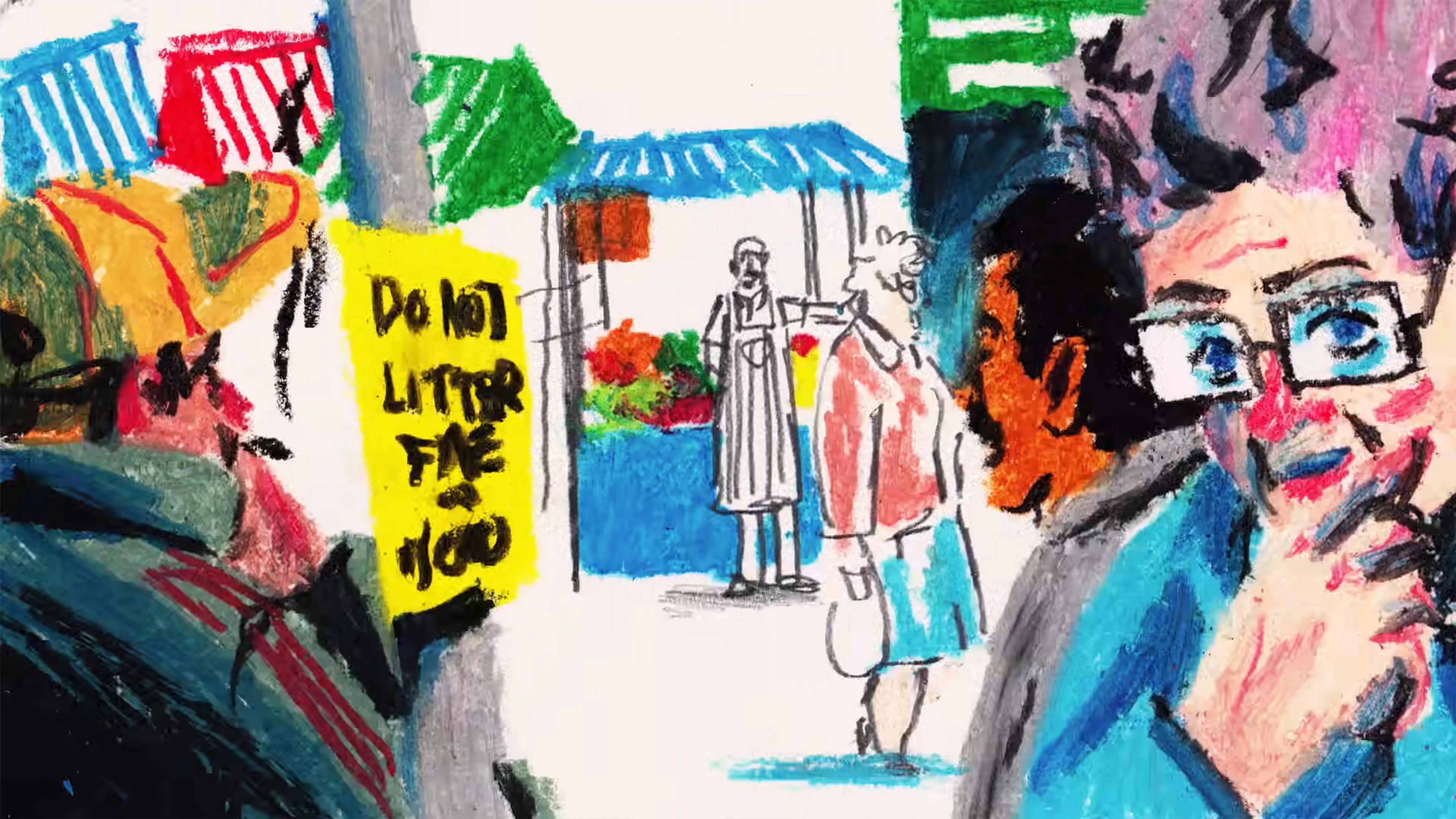Aeon Video has a monthly newsletter!
Get curated editors’ picks, peeks behind the scenes, film recommendations and more.
How the world’s richest reds are derived from an innocuous Mexican insect
An insect native to the Oaxaca region of Mexico, the cochineal spends most of its life feeding on cacti nutrients. While, from a human point of view, these parasitic insects may have somewhat unremarkable lives, they’ve long captured our attention for the unmatched brilliance of the crimson hue produced by their hemolymph – the arthropod equivalent to blood, which in most insects is clear. Captured in stunning 4K resolution, this video from the science documentary series Deep Look captures the fascinating biology of these small creatures, as well as how female cochineal have been cultivated for centuries, and can still be used in food colourings today.
Video by KQED Science
Producer: Rosa Amanda Tuirán
Writer: Laura Klivans
Cinematographer: Josh Cassidy

video
Animals and humans
Why be dragons? How massive, reptilian beasts entered our collective imagination
58 minutes

video
Rituals and celebrations
Flirtation, negotiation and vodka – or how to couple up in 1950s rural Poland
5 minutes

video
Technology and the self
In the town once named Asbestos, locals ponder the voids industry left in its wake
16 minutes

video
Cities
A lush, whirlwind tribute to the diversity of life in a northern English county
3 minutes

video
Physics
The abyss at the edge of human understanding – a voyage into a black hole
4 minutes

video
Stories and literature
Robert Frost’s poetic reflection on youth, as read in his unforgettable baritone
5 minutes

video
Film and visual culture
‘Bags here are rarely innocent’ – how filmmakers work around censorship in Iran
8 minutes

video
Language and linguistics
Closed captions suck. Here’s one artist’s inventive project to make them better
8 minutes

video
Thinkers and theories
A rare female scholar of the Roman Empire, Hypatia lived and died as a secular voice
5 minutes